Bread Breakdown
| April 18, 2023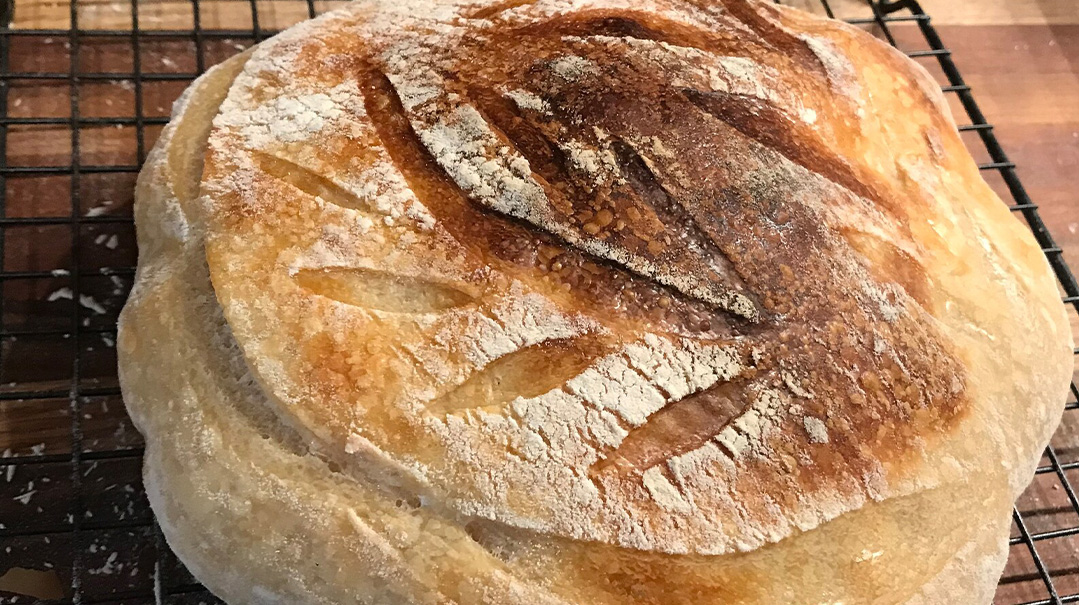
etsy.com
Everyone you know and their sister-in-law is making sourdough bread these days. Some of them may have gone to a class, and a lot of others are getting directions over the phone, third or fourth hand. If you are already a sourdough baker, there are so many things that can be tweaked about your end result, but you don’t always have a place to submit those questions. Here, we appointed Chaya Suri Leitner, the real sourdough queen, to identify all your bread problems. We presented Chaya Suri with three open loaves and four closed loaves to analyze, and tell us where each one can be improved. To us laymen, it’s an unsolved mystery; to Chaya Suri it’s a quick fix.
This loaf does not have a proper crust, did not rise enough, and is misshapen.
Poor steam management: Steam is important for producing a good oven spring (the growth of the bread during its initial baking phase, where the loaf is growing before the crust hardens), as it helps to keep the bread moist and allows it to expand. To create steam in the oven, you can bake the bread in a pot or place a tray of boiling water at the bottom of the oven. Alternatively, spray the bread with water before putting it into the oven.
Overproofing (when your loaf rose too much so the air bubbles have popped): Overproofing can result in a loss of oven spring, as the yeast has used up all the available sugars and is no longer able to produce carbon dioxide. This results in it not rising enough during the baking time.
Incorrect shaping: Incorrect shaping can also lead to a lack of oven spring, as the dough may not have enough space to expand. Make sure the dough is shaped properly.
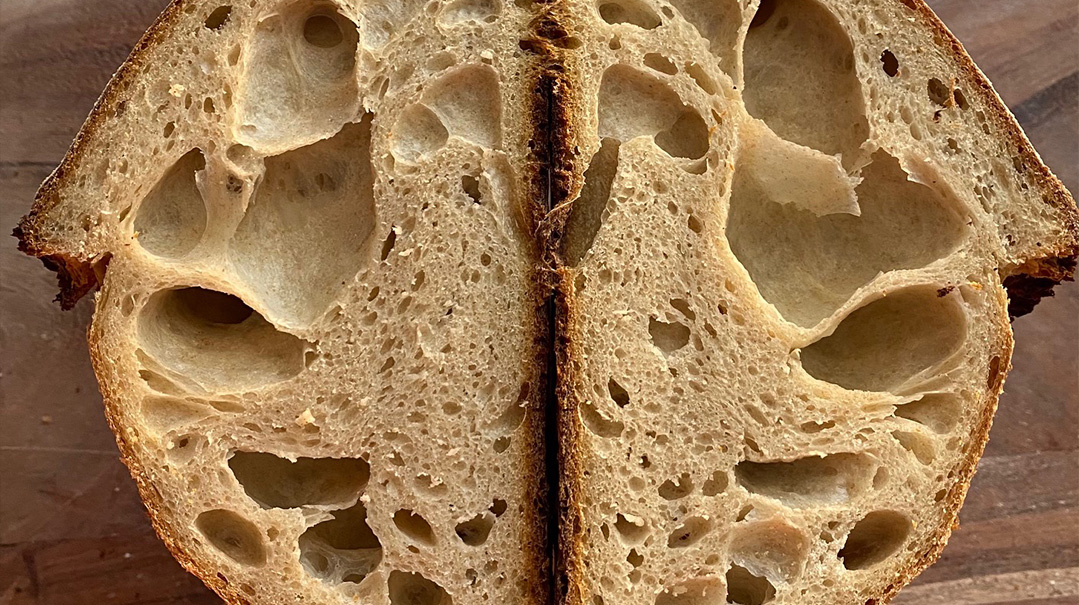
thefreshloaf.com
This loaf is dense and gummy.
Undermixing: A common cause of dense bread is undermixing. Make sure to knead your dough well until there are no flour lumps, and then keep kneading for another few minutes. Alternatively, skip the kneading and do the stretch and fold every 30 minutes.
Incorrect fermentation time: Fermentation is a crucial step in sourdough bread making and too little or too much fermentation can result in a dense, gummy texture. Always keep an eye on the dough during the fermentation process and go by the dough, not the clock. You’ll know when fermentation has hit the sweet spot when the dough has doubled.
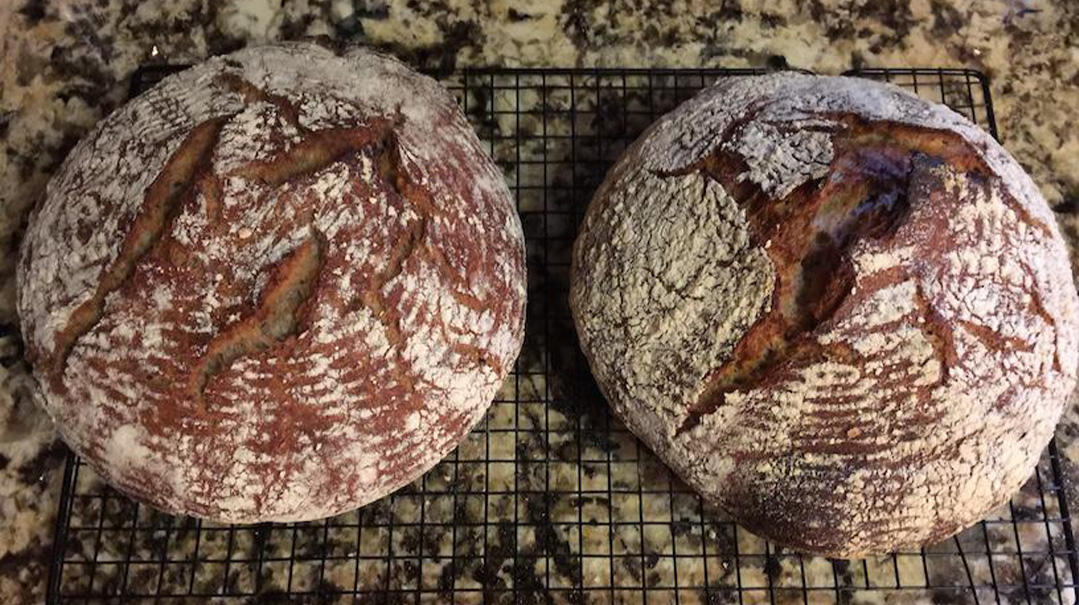
thefreshloaf.com
This loaf did not rise sufficiently.
Underproofing: Underproofed bread did not rise for enough time during the proofing stage. This can result in a loaf that is smaller and denser than it should be, with a tighter crumb structure. The crust may also be flatter and less crispy than it should be. The flavor of the bread may also be affected, as the yeast has not had enough time to ferment the dough.
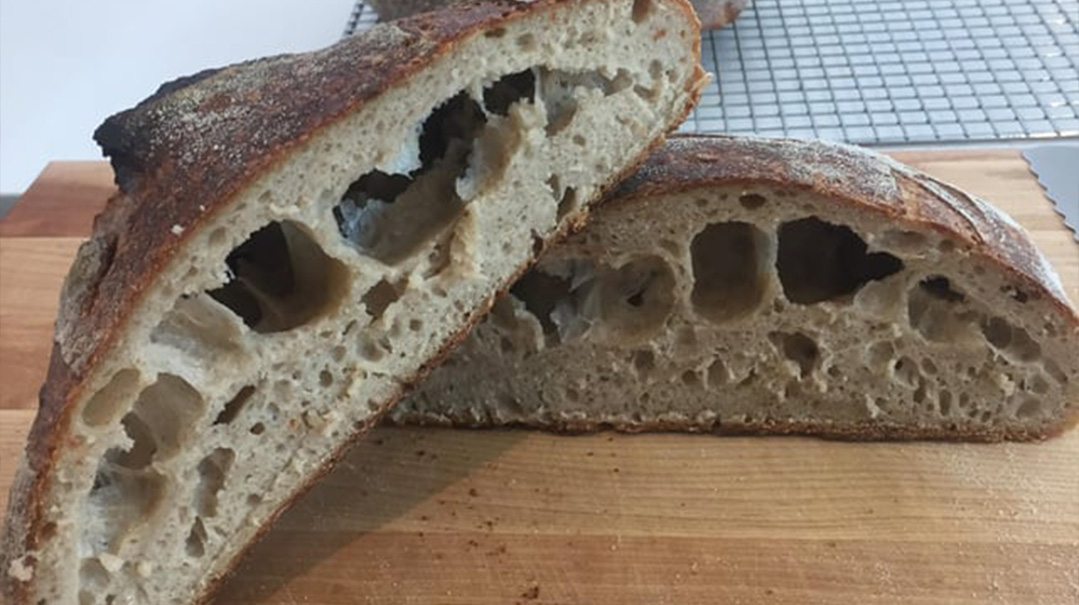
reddit.com
This loaf did not rise at all and has a very flat shape.
The starter wasn’t ready. Using a starter that’s not ready results in insufficient yeast and bacteria, which can lead to a number of issues when baking the bread. The loaf didn’t rise properly, resulting in a denser and heavier texture, with a less crispy crust and a gummy texture.
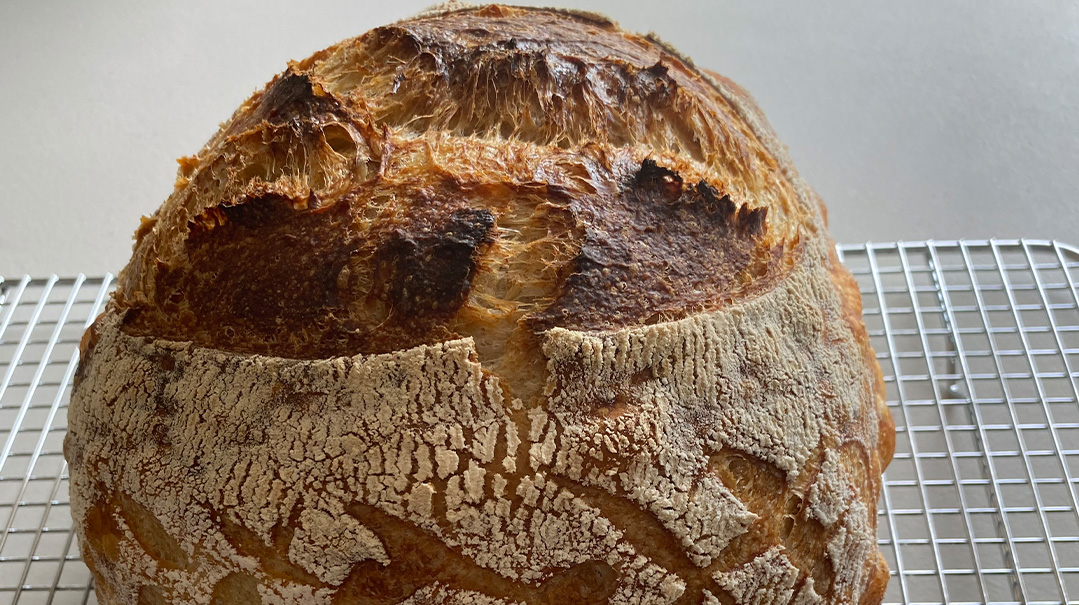
This loaf has an overly large crack on top and doesn’t have an ear.
Not enough steam: When there’s not enough steam in the oven, the surface of the bread can get too dry too quickly, making a hard crust form too soon. This stops the bread from rising properly, and it can end up dense and cracked. The cracks happen because the dough is trying to rise, but the dry crust prevents it from doing so.
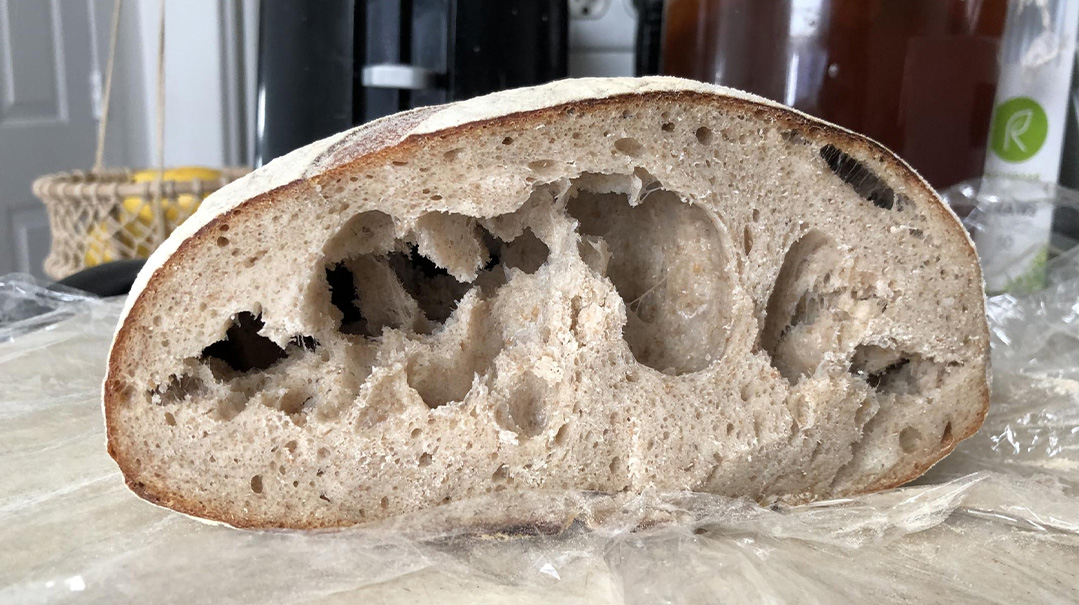
thefreshloaf.com
This loaf has very large holes in the crumb.
Poor shaping: When you shape the dough the wrong way, it can lead to large holes in the center. This happens because the dough doesn’t have enough tension on the surface to keep the gas produced by the yeast trapped inside. Form the loaf by pushing the edges down tightly while rolling the dough towards you to increase the tension.
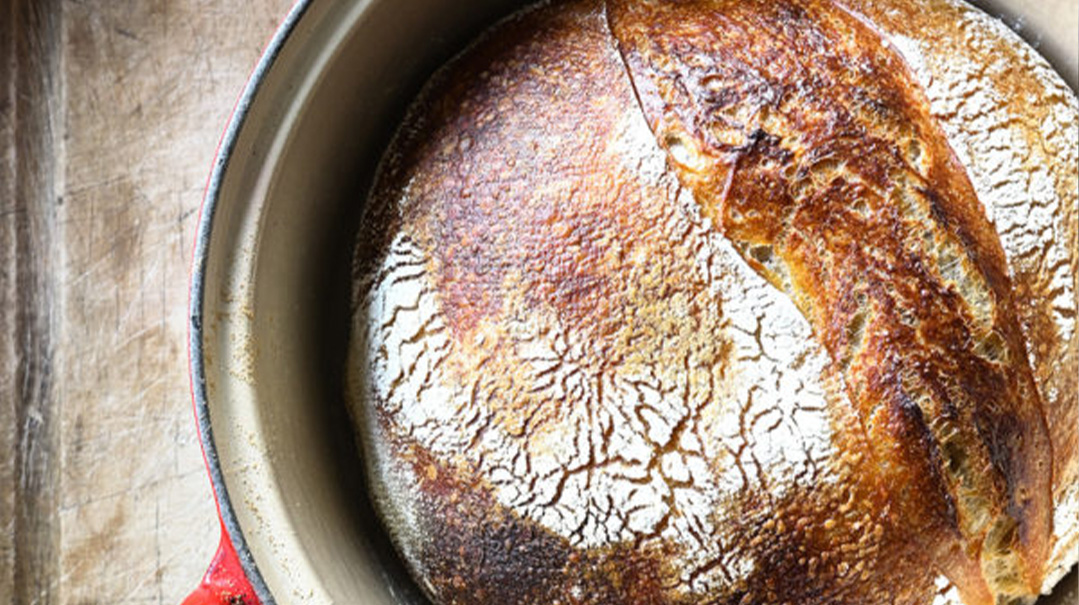
dumplings.com
This loaf did not rise enough.
Overproofing: If the dough was rising for too long, the yeast will have used up all the available sugars and become unable to produce carbon dioxide. This can result in a deflation of the dough during baking, as the yeast is no longer able to produce the gas needed to make the dough rise.
(Originally featured in Family Table, Issue 839)
Oops! We could not locate your form.













